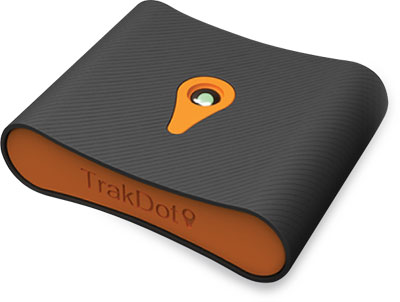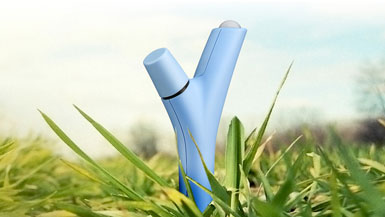Technology is now an integral part of our everyday lives. Whether it’s phones, portable storage, or even smartwatches, many designers are now working with tech companies to produce items that are not only practical, but also stylish.
Here are some great Christmas gift ideas of the always-connected fashionista in your life… or, perhaps, yourself!
1. She Lion Rainmaker Tote and Laptop Bag
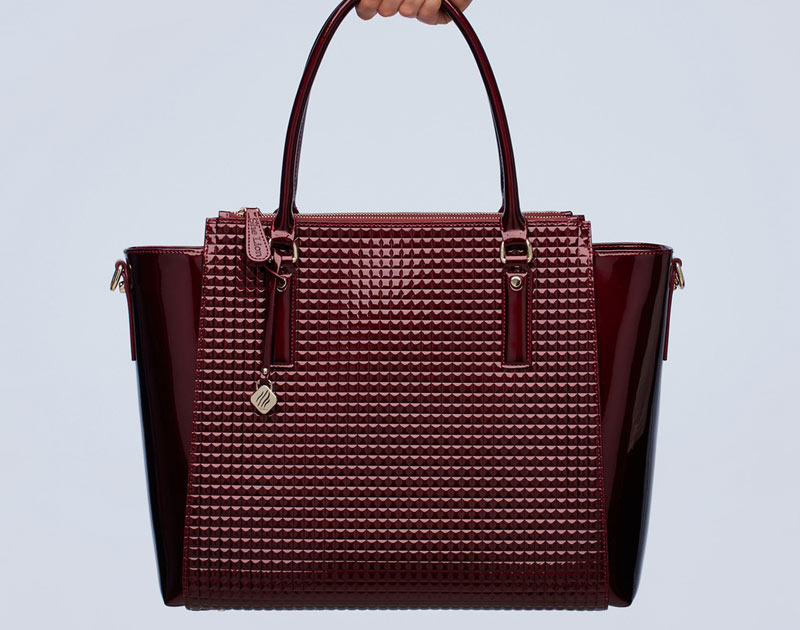
This tote is full of compartments to hold your laptop, your papers, your phones, and just about anything else you can think of (including the She Lion Go-Getter umbrella that comes with it). And it looks absolutely stunning – it certainly wouldn’t look out of place at any event. She Lion has a whole range of bags if you’re after different sizes or functions.
2. Guess Connect
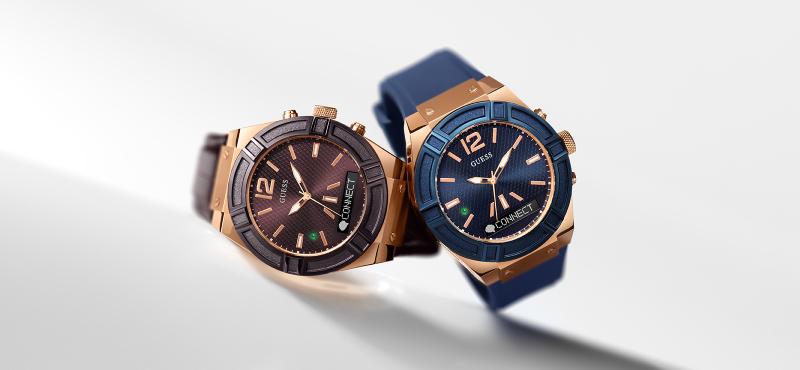
Like the idea of having notifications on your wrist, but finding the standard smartwatches with full touchscreen too bulky? The Guess Connect has a standard watch-face with a small screen at the bottom for notifications. You can see the basics of incoming notifications at a glance – and it takes voice commands, too!
3. Fitbit by Tory Burch
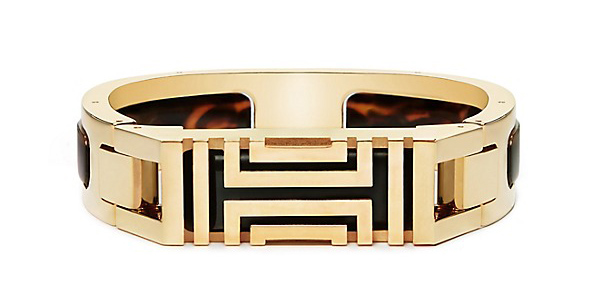
We’ve previously done a giveaway of this product – that’s how much we love this fashionable fitness tracker! It works together with the Fitbit Flex to track your daily activity and monitor your sleep – all while looking fabulous.
4. LaCie Mirror
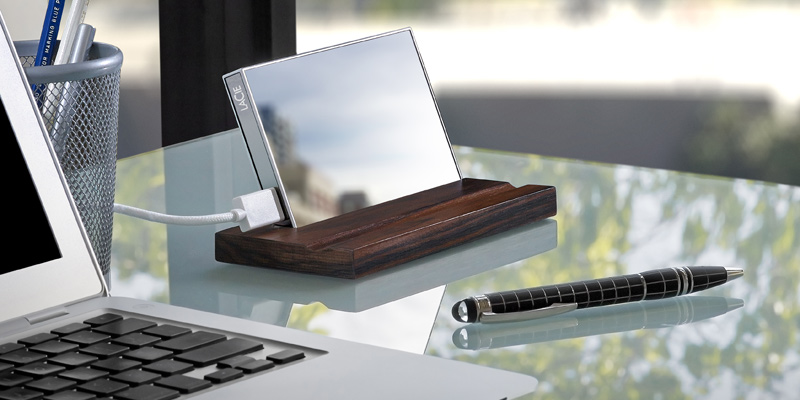
LaCie Mirror is a portable hard drive made of Corning Glass, which turns it into an actual mirror for your table! It also features an elegant yet functional ebony wood stand display for your home office, designed by French tableware designer Pauline Deltour. It’s the ultimate multitasker, a statement piece for your home office and the business storage device you need to save and carry all your most important multimedia files at home, at the office or on the go.
It’s perfect for travel, as it comes with its own soft pouch, creating a very sophisticated way to carry large capacity digital files within a slim sized drive, without the need for power.
5. Monster Harajuku Lovers Space Age In-Ear Headphones
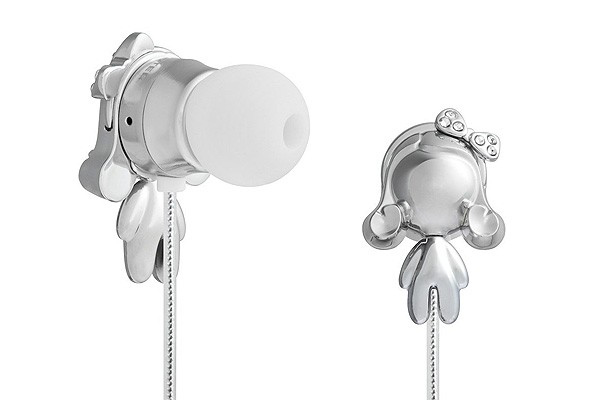
If cute is more your style, you can’t go past these adorable headphones that are a collaboration between Harajuku Lovers and Monster. They’re in-ear headphones, and come with interchangeable colours to match your outfit!
6. Swarovski Supreme USB Bracelet

USB sticks are one of the staples of modern life. But forget the flimsy plastic or plain metal casings and get stylish with a USB bracelet made by Swarovski. You’ll always have your data on you… literally.
7. Tech21 Evo Elite cases for iPhone 6/6s and 6/6s Plus
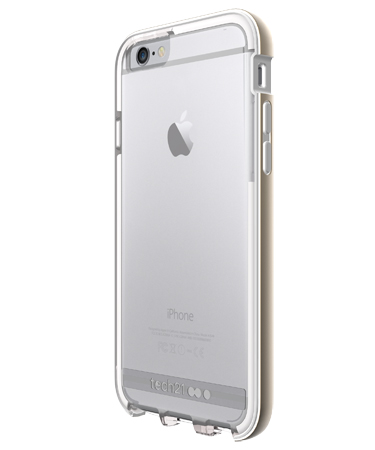
Tech21 has just launched the ultimate protection for premium handsets, the Evo Elite range of cases for iPhone 6/6s and 6/6s Plus. The Evo Elite range is the result of an 18-month design and engineering journey that delivers beauty and protection in one.
Just like skin care products, they’ve been styled not to hide the beauty of your new iPhone, but to flaunt it with a smooth aluminium and metallic finish that’s durable and scratch resistant and matched to the iPhone 6 gold, silver and space grey colours.
The cases are very lightweight and super slim, while extremely tough thanks to the embedded Flexshock advanced impact protection which can withstand drops up to 6.6 feet.
8. Opening Ceremony and Intel Mica Smart Bracelet
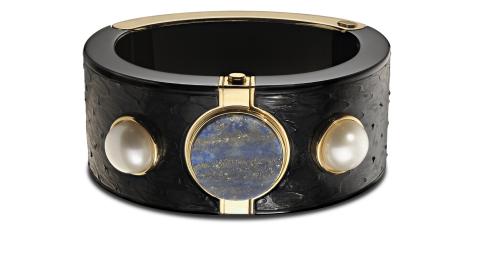
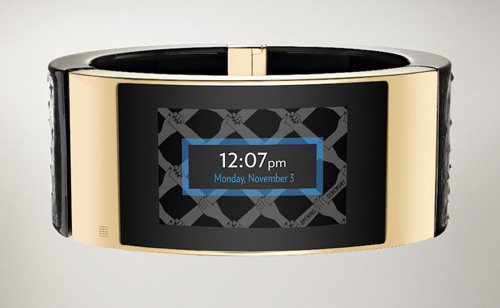
For any readers based in the USA, Opening Ceremony worked together with Intel to create the gorgeous Mica Smart Bracelet. It’s completely independent from your smartphone (comes with two years of wireless data from AT&T), and comes with a phone number you can give your friends so they can message you. We should note that it doesn’t have an on-screen keyboard so you can only use canned responses. You can also view your upcoming Google and Facebook appointments, and access Yelp, among other things.
9. Spy Pen Camera
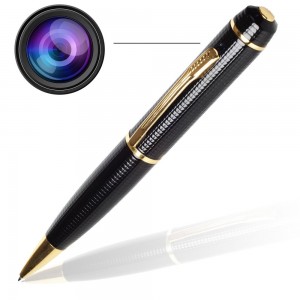
Not only does this pen look right at home in any office environment… it also has a hidden camera that can take photos and record video. Not that we would recommend using this for any corporate espionage, of course!
10. Tag Heuer Connected
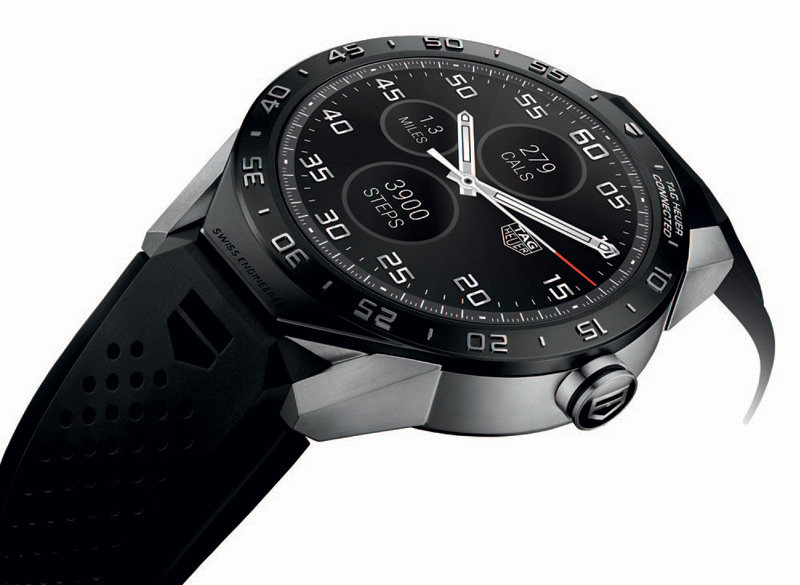
If you’re based in certain countries (search here), the Tag Heuer Connected is a smartwatch built on Android Wear, with all the features you’d expect such as a full touchscreen, apps, etc. Yet it still has the elegance and refinement you’d expect from the standard range of Tag Heuer watches.
Do you have any recommendations for technology with style? We’d love to hear about it in the comments!

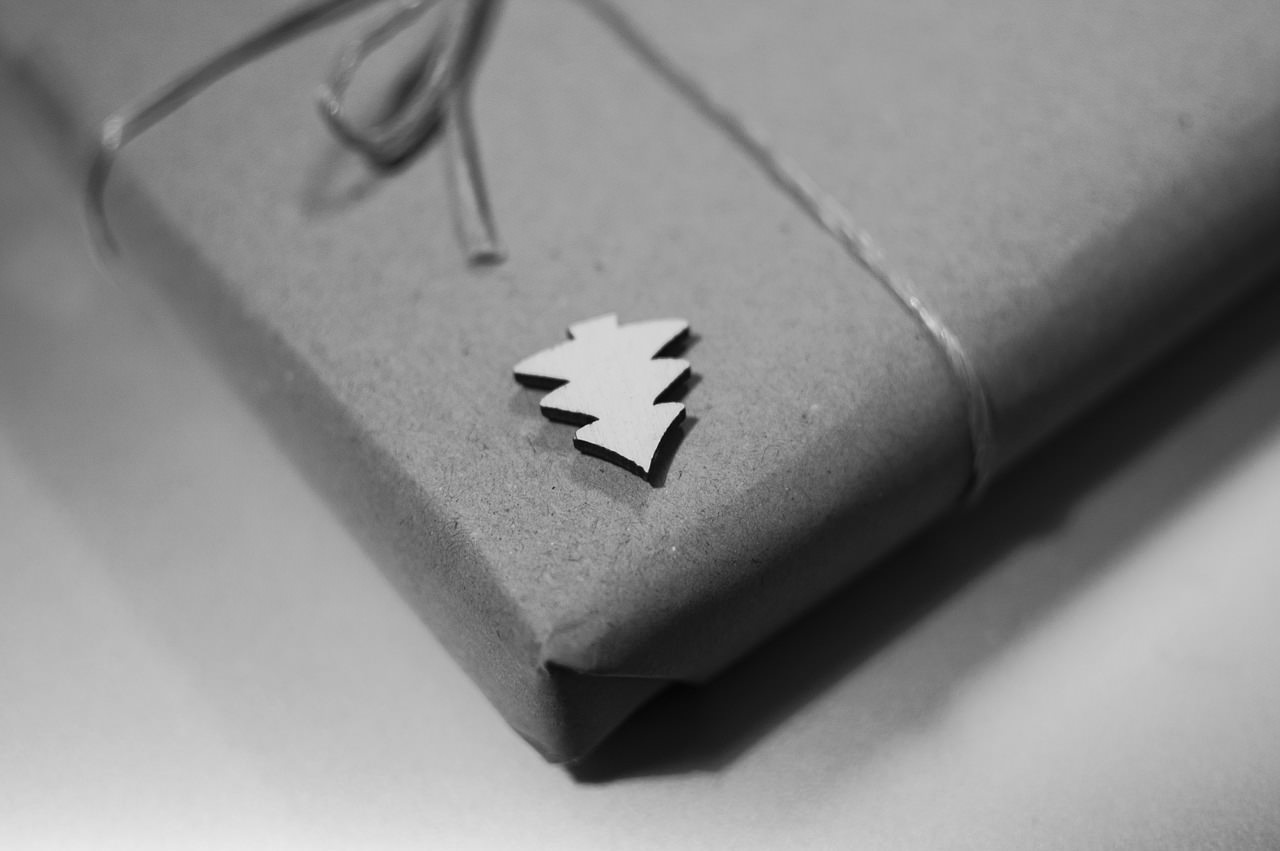
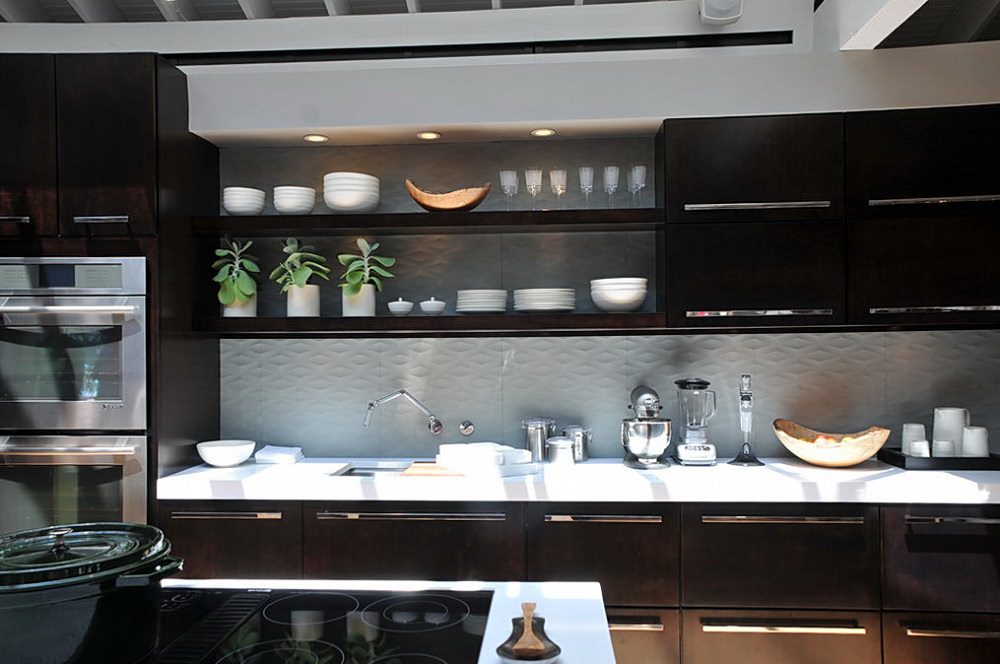
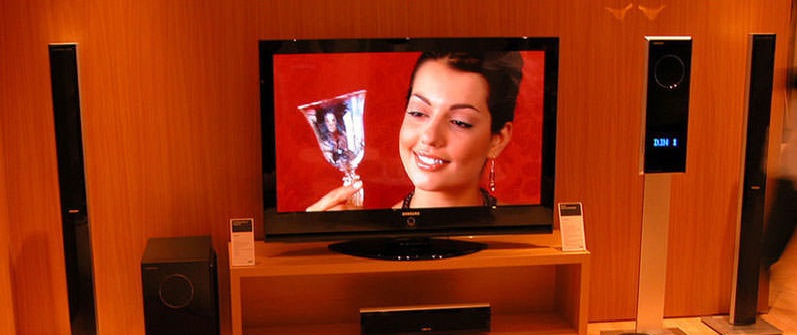

 Michelle Hutchison is the Money Expert for credit card comparison site creditcardfinder.com.au.
Michelle Hutchison is the Money Expert for credit card comparison site creditcardfinder.com.au.


